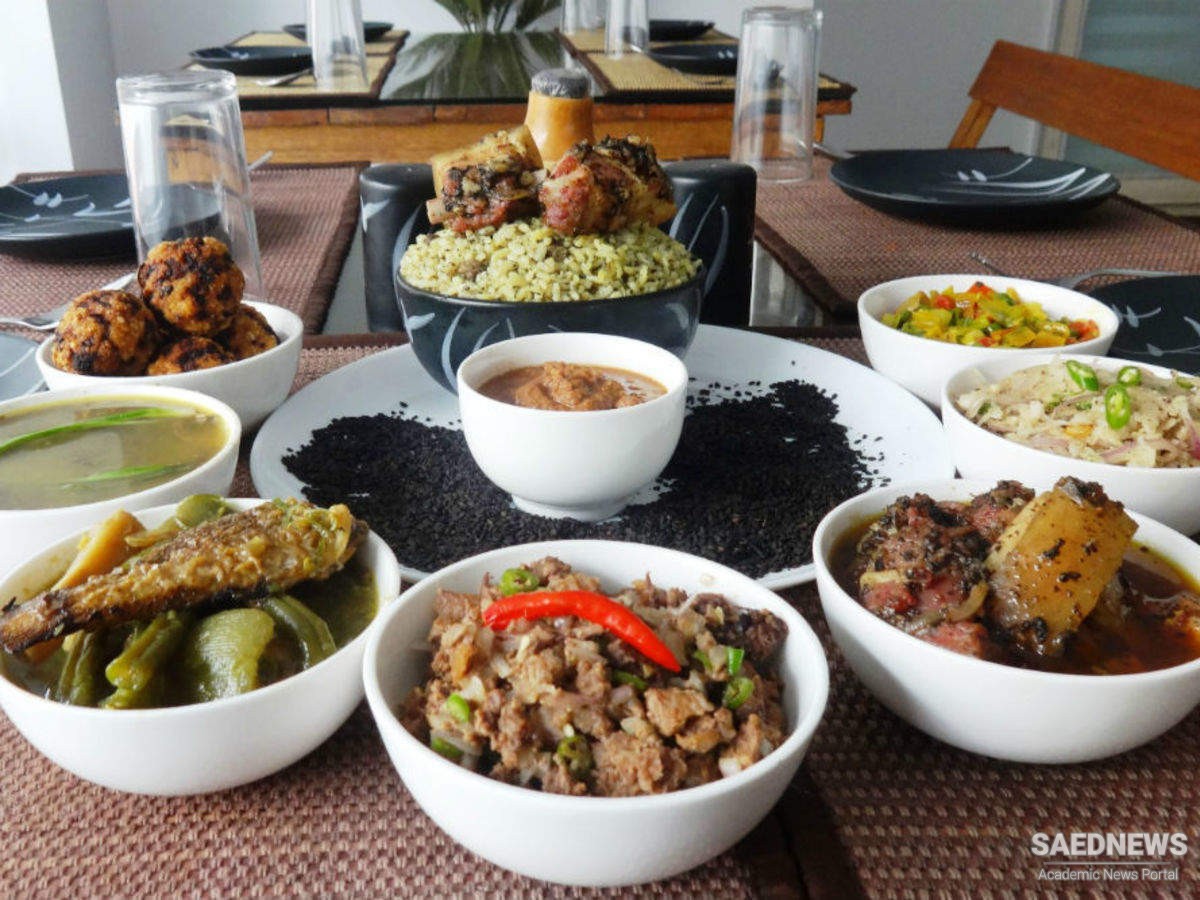In fact, a cuisine is the edible lovechild of both geography and history. Invasions, imperialism and immigration solder the influence of people’s movement onto the landscape, creating cuisines that are unique to the place but, by definition, hybrid – like that of Sicily, where the Greeks, Romans, Normans, Arabs, Spanish, French and, most recently, Italians have all had their moment of governance. Today, Sicilian dishes express both the peoples that have inhabited the island and the rich Mediterranean produce available there. Even those with the most distinctive national and regional character are the result of different human traditions being fused with physical geography and its produce. Some cuisines are much younger than others – those of the New World, for example – but our knowledge of the more recent history in which they were formed proves a fascinating lesson in how a cuisine develops. For example, we’re going to travel to California not only because we may have what might fairly be described as an overtly sentimental attachment to the place, but because we believe that it has changed the way we look at food. Much of the food revolution that has taken place in the UK in recent years can be traced back to the Golden State and its distinctive approach to fusing its various inherited cooking traditions. They are the building blocks of something wholly new – derivative yet authentic.


 Food Tourism and Halal Concerns: Prohibited Cuisines in Islam
Food Tourism and Halal Concerns: Prohibited Cuisines in Islam














































